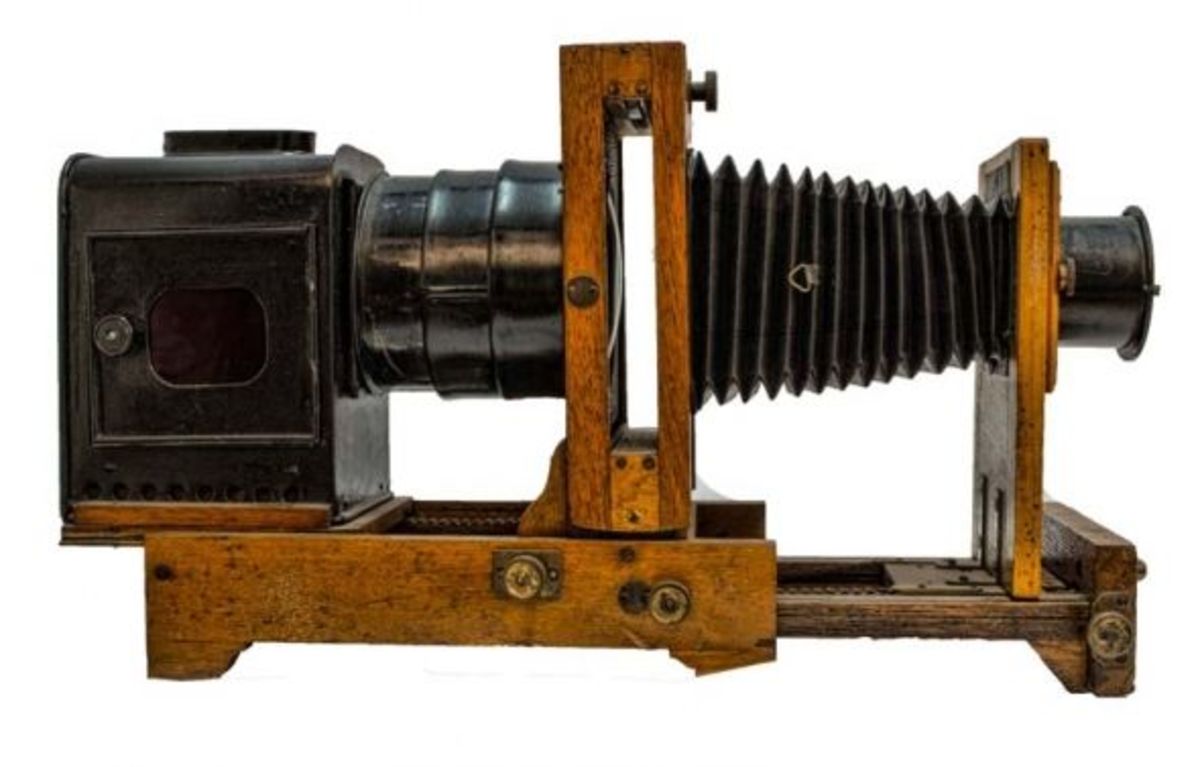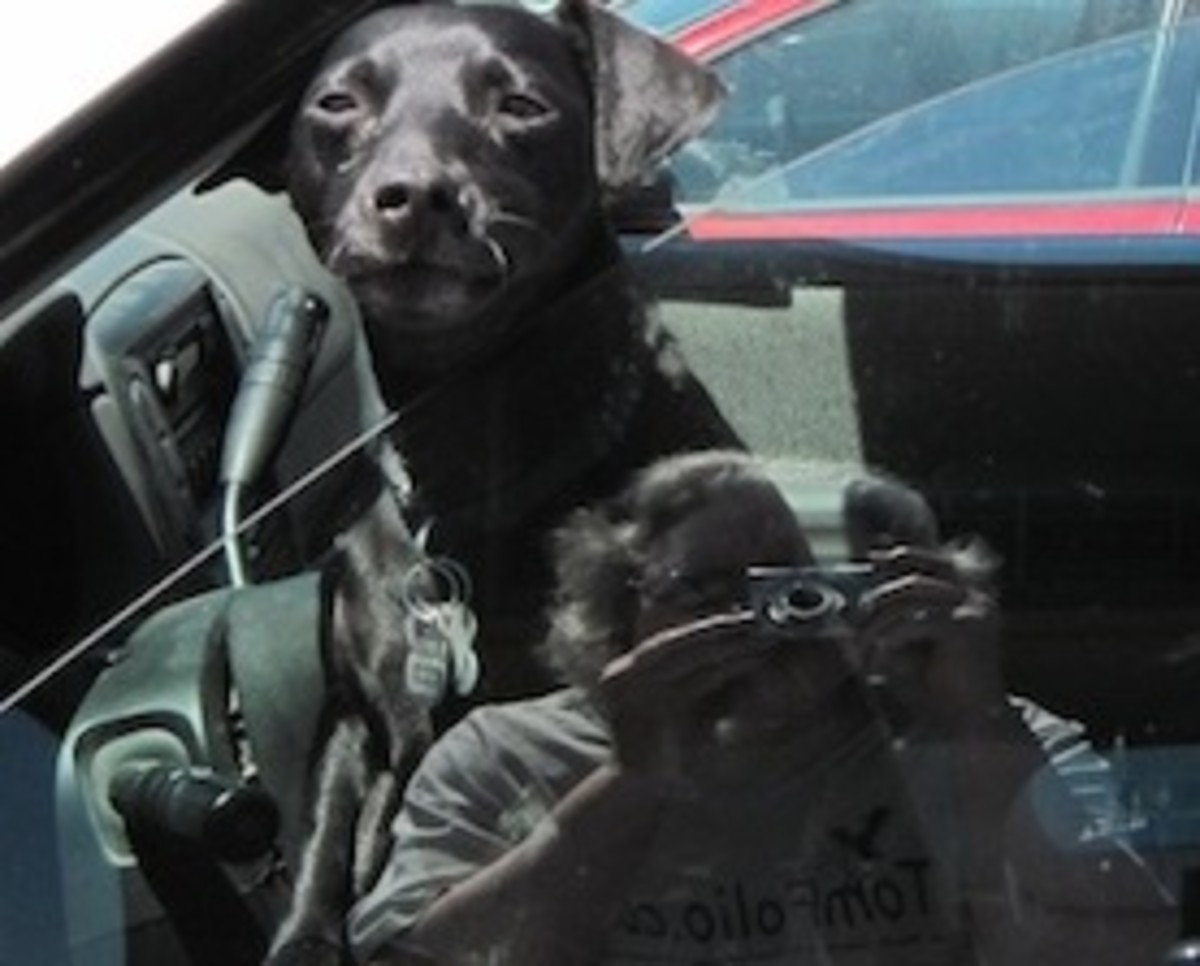Has Digital Photography Made Us Lazy?

The Old Days
I can remember when I was eight years old, rising early on Christmas morning to discover that Santa had left behind an unexpected gift. I anxiously shredded the brightly colored paper to ascertain what precious jewel lay within. To my utter surprise and delight the contents, though not as stunning as the wrappings, presented a vision of the future. That little brown Bakelite box that I held in my hands would eventually sculpt my destiny. Little did Eastman Kodak know that he provided me with an instrument of addiction that would find no substitute. That morning, in the twinkling radiance of the Christmas tree, I gazed down upon my new "Brownie Hawkeye".
Time Marches On
That was over fifty years ago. Since then I have utilized many cameras in various formats.I won my first photo contest employing a Kodak Instamatic. In 1972 I photographed my first wedding harnessing the potential of the Minolta SRT-101. As my skills and enthusiasm mushroomed so did my inventory of cameras and accessories. The 35mm format nurtured my desire for larger images, first with the Yashica Twin Lens Reflex, later the Pentax RB67 and ultimately the holy grail of photography, the Hasselblad.
The one thing that all these cameras had in common was that you had to understand and apply the fundamentals of photography. Every click of the shutter cost you hard earned cash. Every image had to be envisioned and the photographic settings had to be calculated to ensure an acceptable return on your investment. These mechanical devices were extremely accurate but functioned according to the potential of its operator. One mistake and the moment would be lost forever.

Fundamentals
In those days, when all camera equipment utilized film to capture those elusive memories, photographic fundamentals were crucial to the finished product. Once the shutter was triggered, the process was set in motion and there was no repeating the event. Then it would take monumental patience waiting for the image to be processed, sometimes days, before you could marvel at the ultimate creation.
It was imperative for all photographers to understand the relationships between shutter speed, aperture, and film speed. Adjustments had to be made depending on the time of day, the weather, the light source, and most of all, the photographer’s artistic vision. Composition was achieved in the viewfinder, not in the post processor. Color corrections and white balance computations were determined in the creator’s head and heart, not on his desktop. All this and more was attributed to a thorough knowledge of the author, not the gadgetry in his camera bag.
The Digital Era
Please do not misunderstand my nostalgic recollections. My old Minolta now languishes on the shelf as a lasting remembrance of my youth while I have wholly grasped today’s technology. However, I experience moments of frustration when I hear other photographers complain about their equipment not recording their images properly. They have come to rely on the artificial cerebral matter of that electronic appliance rather than the personal computer that resides between their ears. They have yet to grasp the concept that the digital camera is the tool of creativity, not the author.
Related Material
Digital cameras have an enormous capacity to think for you, but without understanding the fundamentals of light and photography the user cannot take full advantage of these capabilities. When to adjust the exposure value, why change the ISO, what shutter speed and aperture to use in specific instances: all of these questions can be answered by virtue of understanding fundamentals. By getting back to basics, studying the photographic process, and understanding the rudimentary elements of composition, a photographer can graduate from taking snapshot to creating art.
Before snapping the shutter on that next photographic masterpiece, take a moment to determine what it is that you want to convey to your audience. Once that has been determined, study your surroundings to decide the best position or angle to more suitably present that subject. Meditate on the lighting and use it to your advantage. Ascertain the most beneficial exposure and then tell your camera what to do with this information. Learn to control your equipment and not allow your equipment to control you.
If you are not familiar with the fundamentals of good photography then acquire some authoritative material on the subject and study. Once you have read about the basics, put them into action. Practice, practice and more practice is the only way to ascend from taking photos to creating masterpieces that will delight yourself and others.
Related Links
- The Birds of Ecuador
Blog on the Birds of Ecuador - Discovering the Birds of Ecuador
Birding and Photographic locations in Ecuador








